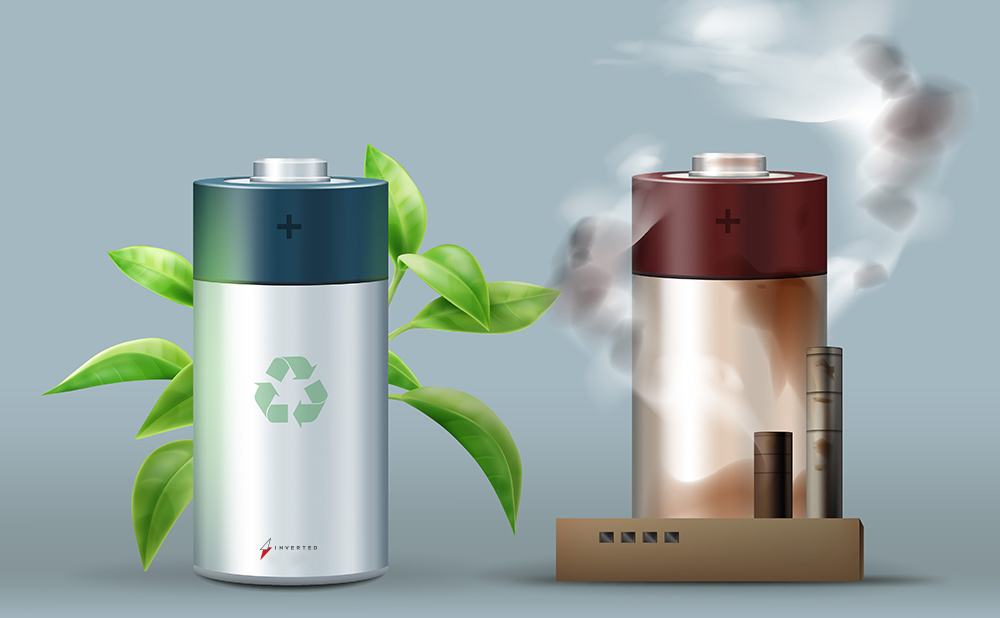
In the pursuit of more efficient and sustainable energy storage solutions, lithium batteries have emerged as a dominant player. Their widespread applications range from electric vehicles to renewable energy storage. One critical aspect of advancing lithium battery technology is enhancing their energy density—the amount of energy stored per unit of volume or mass. In this article, we delve into the intricacies of improving the energy density of lithium batteries, exploring cutting-edge research and innovations that hold the key to a greener and more energy-efficient future.
Understanding Energy Density
Energy density is a fundamental metric in evaluating the performance of batteries. It directly impacts the range and duration of devices powered by lithium batteries. The higher the energy density, the longer a device can operate without requiring frequent recharging. Achieving higher energy density in lithium batteries is essential for the electrification of various industries and reducing greenhouse gas emissions.
Challenges and Opportunities
While lithium batteries have already come a long way in terms of energy density, there are still challenges that need to be addressed. One major hurdle is the limitation of current cathode materials in storing and releasing lithium ions efficiently. Researchers are actively exploring new cathode materials, such as lithium-sulfur and lithium-air, which have the potential to offer significantly higher energy densities compared to traditional lithium-ion batteries.
Another avenue for improvement lies in anode materials. Silicon-based anodes have shown promise due to their ability to store more lithium ions, but they also face challenges related to volume expansion and degradation during charge and discharge cycles. Developing advanced nanomaterials and nanostructures is a promising approach to mitigate these issues and enhance energy density further.
Innovations in Electrolytes and Interfaces
The electrolyte is a crucial component of lithium batteries, responsible for facilitating the movement of lithium ions between the cathode and anode. Researchers are exploring solid-state electrolytes that offer improved safety, stability, and higher energy density compared to traditional liquid electrolytes. Solid-state electrolytes also enable the use of lithium metal anodes, further boosting energy density.
Moreover, optimizing the interfaces between different battery components is vital in enhancing energy density. Understanding and controlling the interactions between the cathode, anode, and electrolyte can lead to reduced energy losses during charging and discharging processes, ultimately resulting in higher overall energy density.
Incorporating Nanotechnology
Nanotechnology plays a pivotal role in advancing lithium battery technology. By engineering materials at the nanoscale, researchers can enhance specific properties, such as conductivity and stability, leading to improved energy density. Nanostructured cathode and anode materials offer larger surface areas for lithium ion interactions, enabling higher capacity and faster charge-discharge rates.
Harnessing AI and Machine Learning
Artificial intelligence and machine learning algorithms have demonstrated significant potential in battery research. These technologies can predict material properties, simulate battery behaviors, and identify optimal compositions and configurations to improve energy density. Integrating AI into the design and optimization of lithium batteries accelerates the discovery of novel materials and enhances overall performance.
Conclusion
Enhancing the energy density of lithium batteries is a crucial step toward a sustainable energy future. By addressing challenges, exploring innovative materials, leveraging nanotechnology, and harnessing AI-powered approaches, researchers and industries can drive the next wave of lithium battery advancements. As energy density improves, we move closer to unlocking the full potential of renewable energy sources and revolutionizing the way we power our world.
This article aims to provide valuable insights into improving lithium battery energy density and the innovations that can lead to more sustainable and efficient energy storage. The rapidly evolving field of battery research opens up endless possibilities for a greener and cleaner future.
